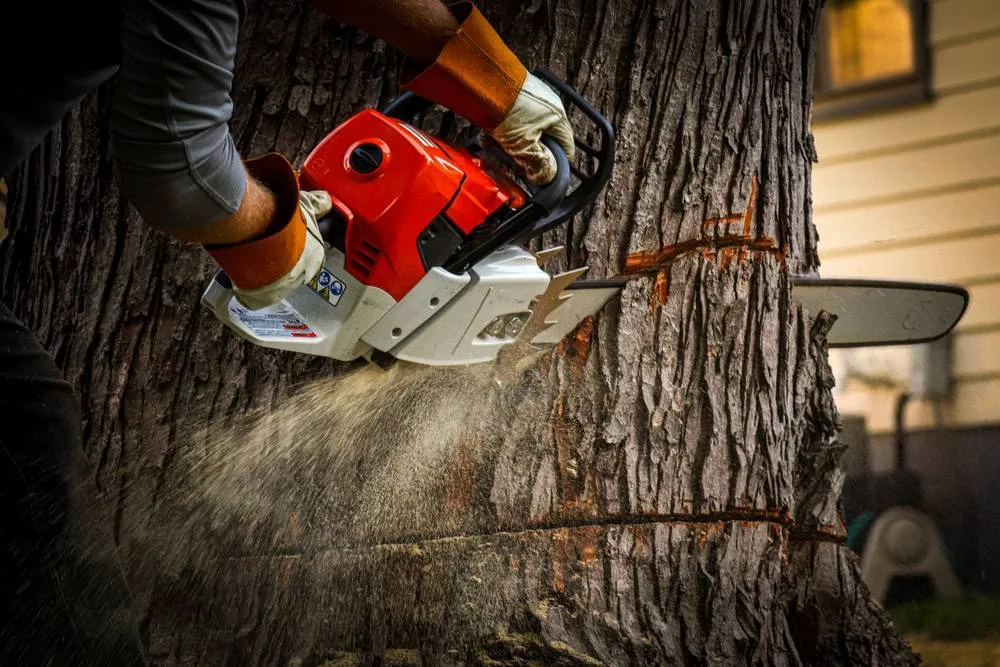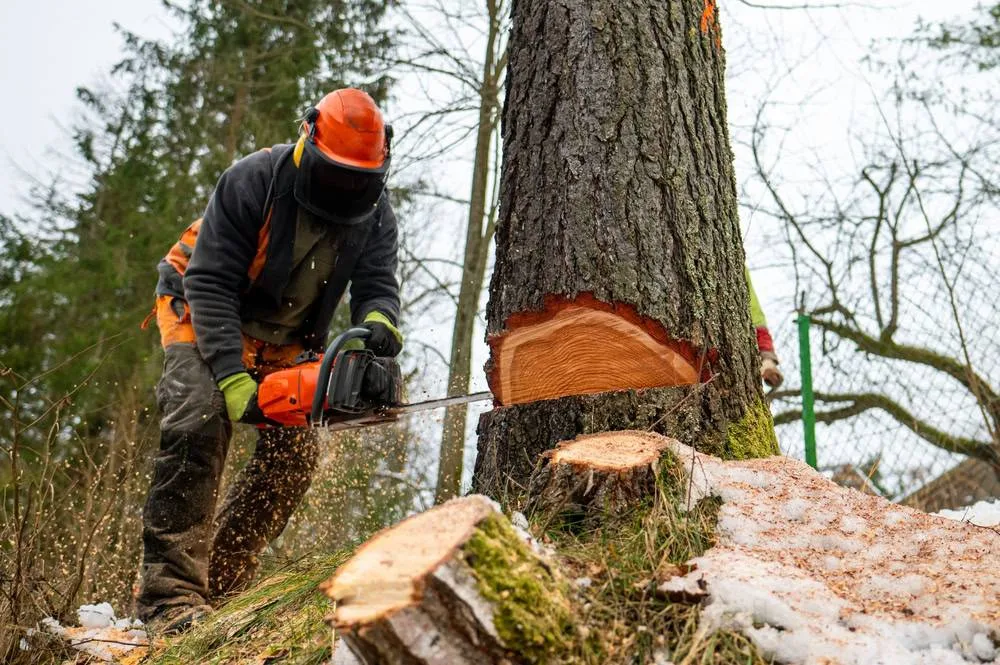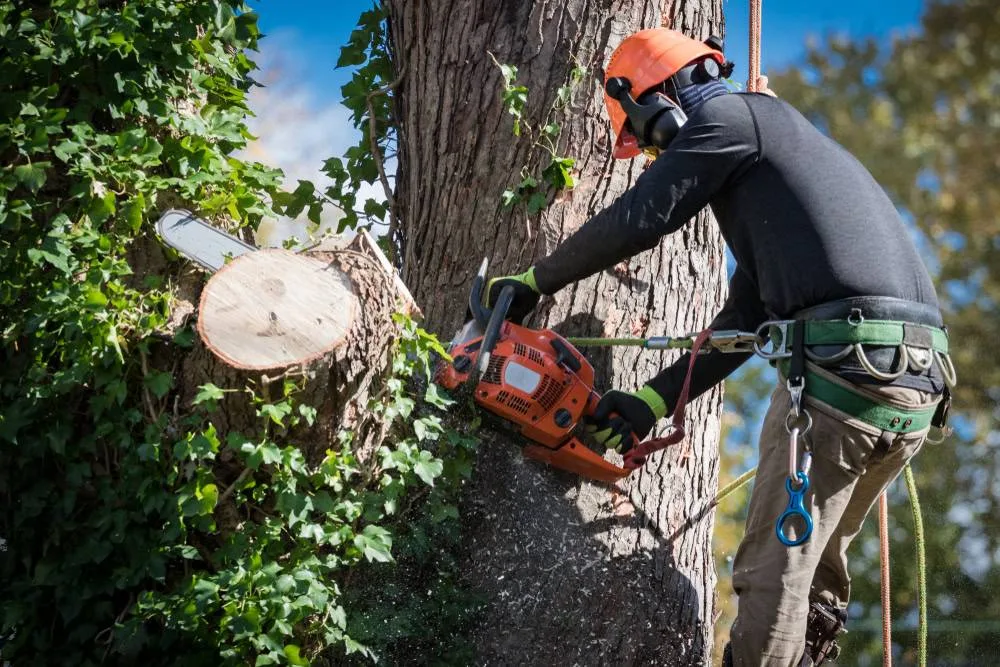Tree Services in Huntington, NY
Safe, Professional Tree Care You Can Trust
Licensed arborists protecting your property with expert tree services and emergency response.

Hear from Our Customers

Professional Tree Care Huntington
You get peace of mind knowing dangerous trees won’t threaten your family or property. Our certified arborists identify which trees need attention and which ones just need proper care to thrive for decades.
Your insurance stays protected because we’re fully licensed and insured. No surprise liability issues when a tree comes down during the next storm.
Your property value stays strong with healthy, well-maintained trees that enhance your landscape instead of creating eyesores or hazards. Professional tree care means fewer emergency calls and lower long-term costs.
Huntington Tree Company
Green Light Tree Services has been serving Huntington and the surrounding Long Island communities for years. Our team understands how coastal weather, salt air, and local soil conditions affect tree health.
We’re not just another tree company with chainsaws. Our certified arborists assess each situation properly, recommend only necessary work, and complete every job with professional equipment and safety protocols.
You’re working with licensed professionals who carry full insurance and understand local regulations. We’ve handled everything from routine maintenance to major storm cleanup across Nassau County.

Tree Service Process
We start with a free assessment of your trees and property. Our arborist examines each tree’s health, identifies potential hazards, and explains what work is actually needed versus what can wait.
You receive a detailed written estimate with no hidden fees. We explain our recommendations in plain language so you understand exactly what we’re doing and why.
On service day, our crew arrives with professional equipment and safety gear. We complete the work efficiently, clean up completely, and leave your property looking better than when we arrived. All debris gets hauled away – you don’t deal with the mess.

Ready to get started?
Complete Tree Services
You get comprehensive tree services from certified arborists who handle everything from routine pruning to emergency storm response. We provide tree removal, trimming, stump grinding, and ongoing tree health assessments.
Our emergency services respond quickly when storms hit Huntington. We understand that fallen trees blocking driveways or threatening structures can’t wait until next week.
Every job includes complete cleanup and debris removal. We also provide preventive maintenance programs that keep your trees healthy and reduce the likelihood of emergency situations. Our team works with your schedule and respects your property throughout the entire process.
